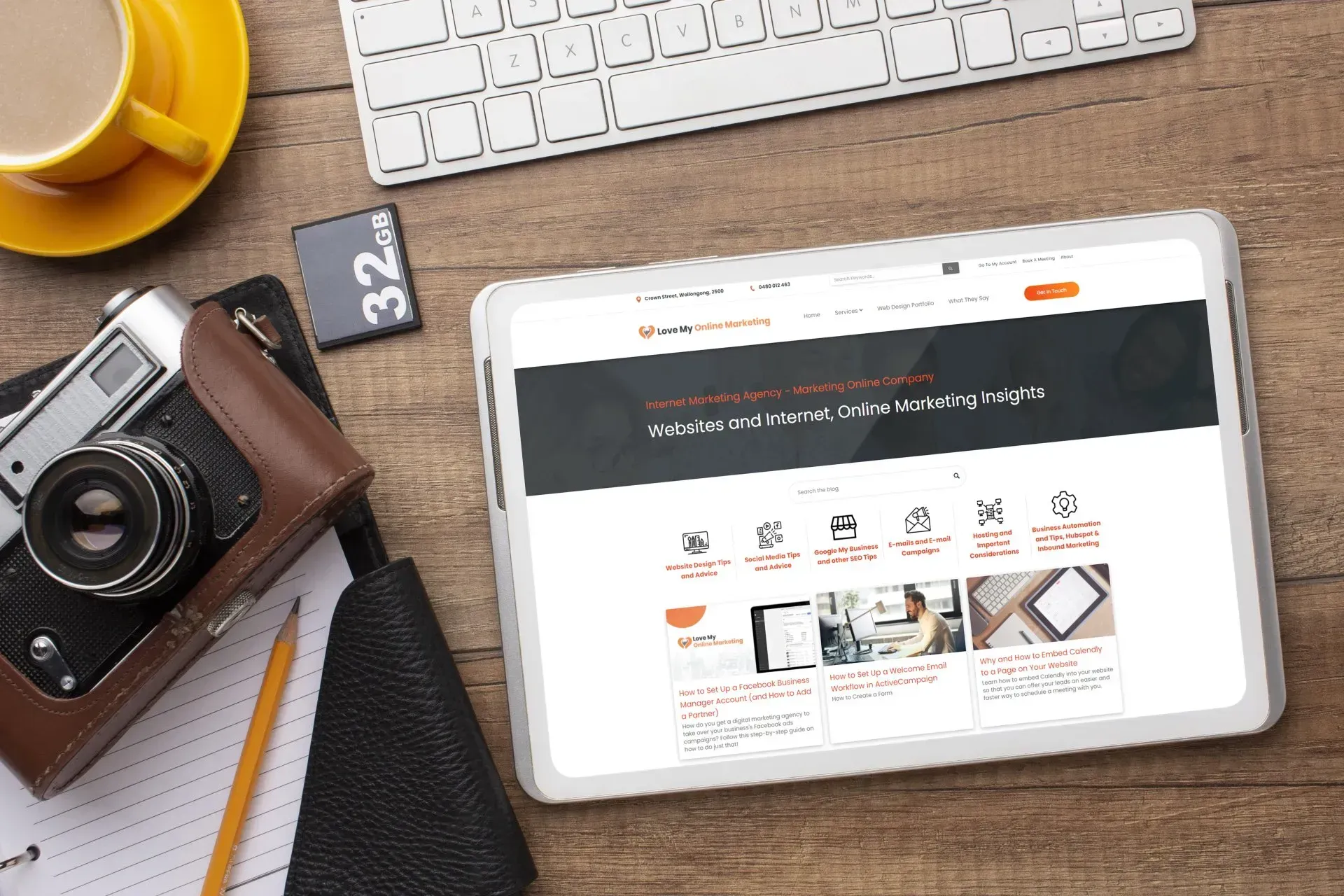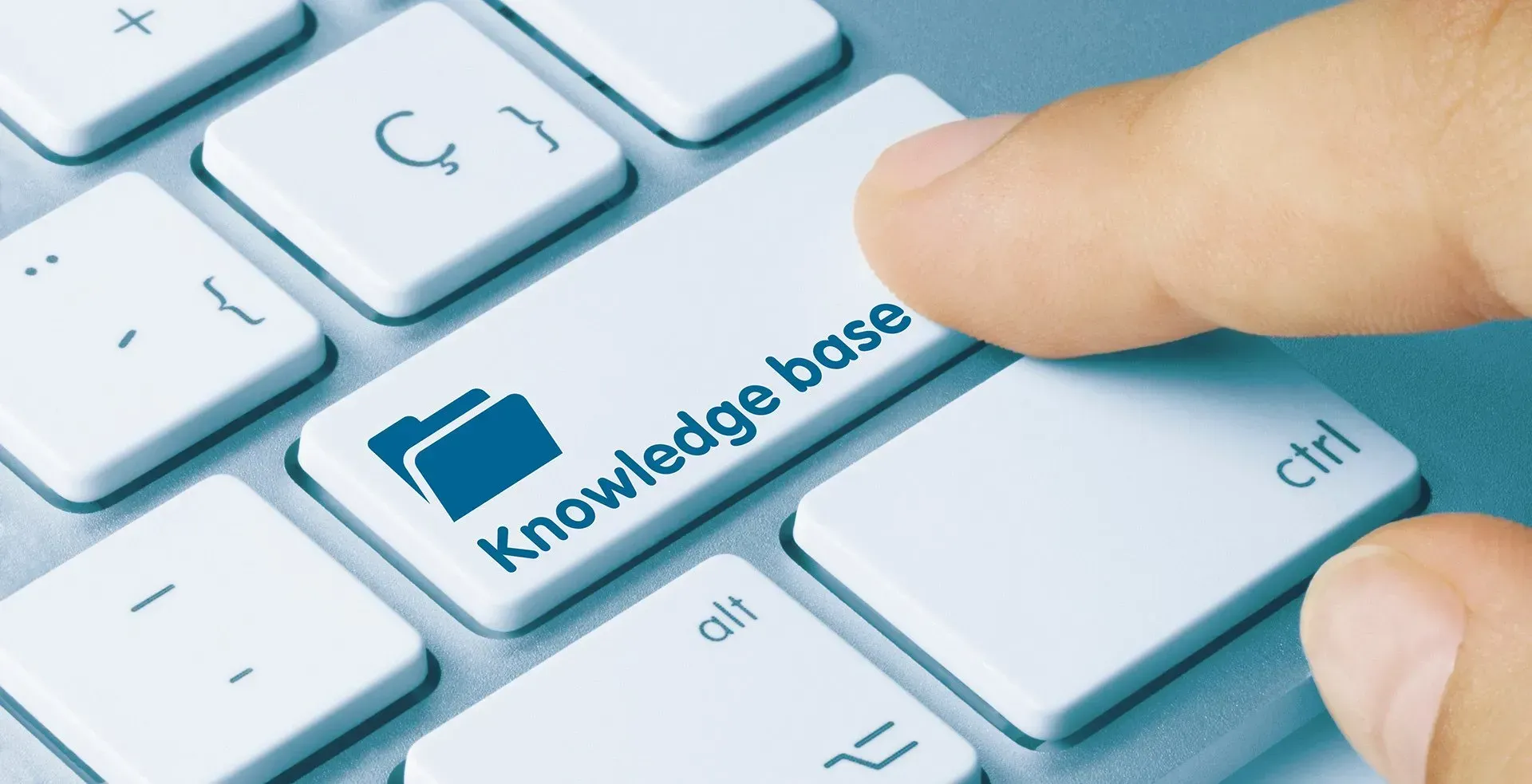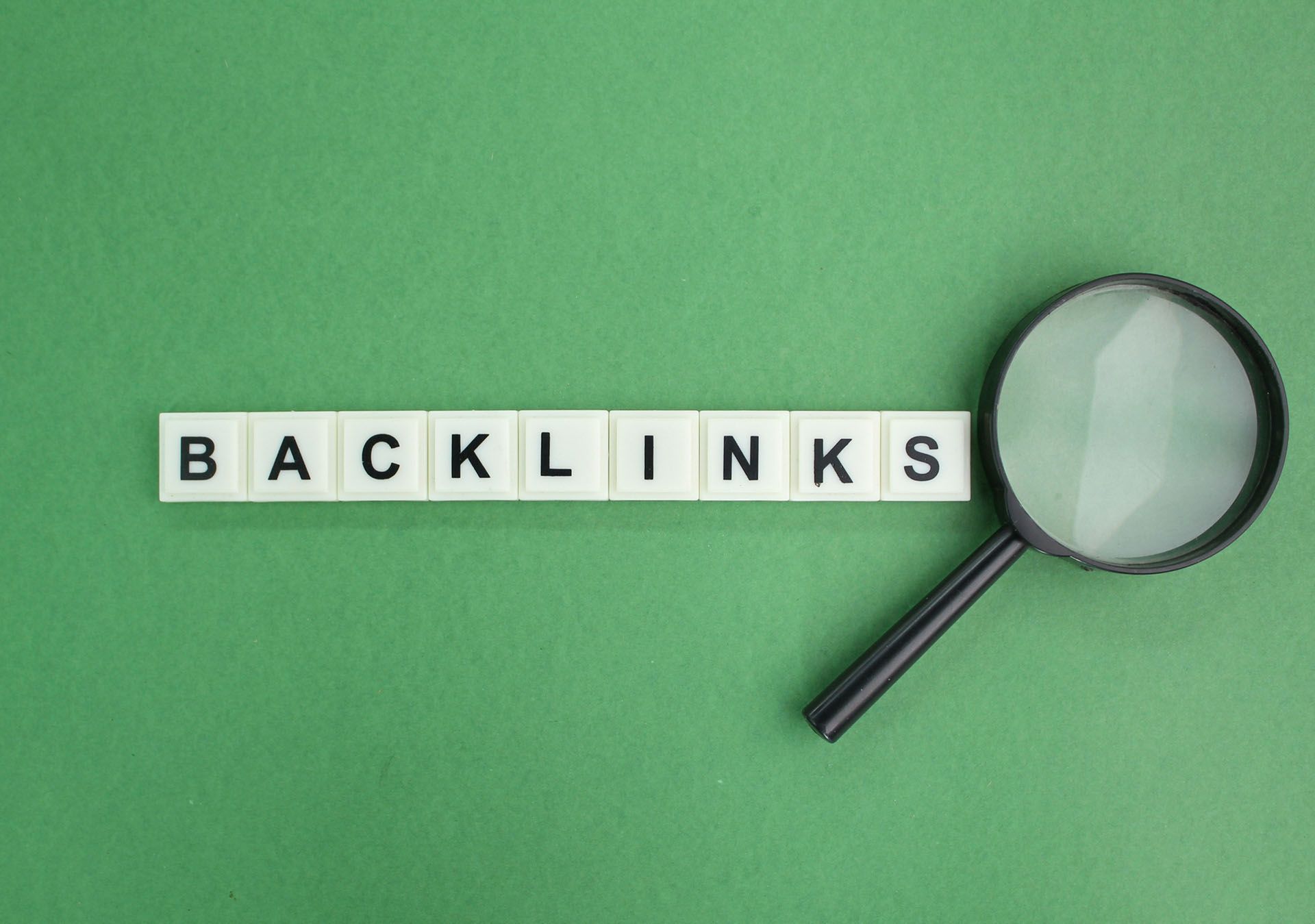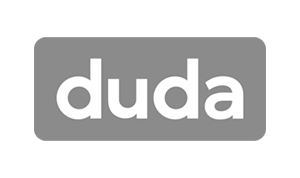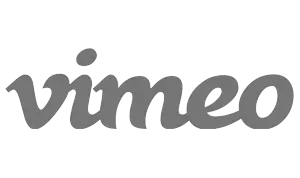Crown Street, Wollongong, 2500
How to Optimise Business Transactions at the Procurement Stage
Running a business at an executive level entails juggling various tasks and wearing multiple hats. It can be a struggle to keep up with all the things that need to get done, but that doesn’t mean it’s downright impossible to balance everything.
There are many ways entrepreneurs and managers can stay on top of their business obligations and optimise their processes. This starts by identifying clear bottlenecks in your operations. One key area that business owners tend to overlook when optimising is their procurement stage.
Business procurement, whether it’s through an inventory restock or supply replenishment, is a core process that directly influences your operational efficiency. A lot of things are at play in this stage—from vendor relationships to cash flow, so it’s crucial to ensure that it’s properly managed for your business to remain resilient across its various stages.
If you’re unsure how to optimise your business’s procurement stage but are certain that there’s room for improvement in this process, then you’re in the right place. This article will break down all you need to know to get your business’s procurement process on lock.
Let’s jump straight into it.
1. Align Procurement With Overall Business Goals
Strategic alignment is something that every business owner needs to hone in on when creating systems and processes for their business. Naturally, this philosophy also applies to the procurement stage.
When procurement is aligned with business goals, or when each purchase supports the company’s KPIs, this will lead to a system wherein each acquisition is positioned to contribute to the business’s growth and survival.
For instance, let’s assume that your small business’s goal is to sell 500 bars of soap over the next month. You wouldn’t need to procure raw materials that can create 5,000 bars of soap straight away from a new supplier, nor would you want to just get enough materials to cover the creation of 100 bars of soap.
Instead, you should make your procurements match your operational needs. Consider adopting a needs-based approach when securing inventory. This ensures that your cash flow remains predictable, spoilages won’t occur as frequently, and you’ll have a better working relationship with your vendors.
By better aligning your procurement needs with your business goals, you’ll make it easier for your entire team to be on the same page regarding operations. You’ll foster a more collaborative environment across multiple departments, which can bolster productivity and reduce misunderstandings across different functions.
2. Trace Transactions With a POS Machine

If your team is currently relying on manually filling out invoices and receipts and physically counting change for your procurement operations, then your system has a lot of room for improvement.
While these processes get the job done, they’re time-consuming and cost a lot of labour hours. There are many better systems you can consider to optimise the purchasing process.
One way to streamline procurement is by using the right equipment to track transactions, with the most notable one being a POS machine.
A point-of-sale (POS) machine is a powerful tool that facilitates the transfer of funds from the customer to the merchant. It can support various payment methods, from credit cards and debit cards to eWallet payments and even crypto.
What makes this piece of technology so great for procurement is that it leaves a digital paper trail that makes it easy to track supplier transactions. This is on top of the ability for this device to generate paper receipts. Essentially, both vendors and buyers receive a receipt, ensuring the transaction is smooth, transparent, and professionally documented.
That said, some procurements require your team to go outside the office to facilitate transactions. For instance, they may have to get bulky appliances from a seller, or they may be the ones delivering the items instead. In case it’s the latter, your team may benefit from having a portable POS system, specifically called an EFTPOS.
Learn more about this device here.
3. Standardise Processes to Eliminate Fraud
As your business grows, its acquisition needs grow alongside it. When this happens, it can become harder to track all the transactions made by the purchasing team and other staff members who are given responsibilities over a budget.
In such cases, your employees may take advantage of the lack of tracking, misdeclare spending, and end up pocketing some of the funds for themselves. Without the right legal measures to forbid this, as well as the lack of ample evidence, employees can get away with this blatant attempt at fraud.
One way to ensure that your money is properly utilised is by defining clear procurement policies and strictly enforcing them.
Don’t just give an amount without thinking twice about it, set a strict threshold for spending and stick to it. Moreover, spend some time auditing procurement activities and reviewing the accuracy of each transaction. You can use accounting software like QuickBooks to generate reports and see how each transaction went over a certain period.
If there are some discrepancies between the book and real life, raise them to the affected individual or team and perform an investigation. If misconduct has been observed, enforce disciplinary action accordingly, even if it’s a severe infraction or legal action.
By structuring your business procurement system this way, your supply chain management system will remain clean, efficient, and well-documented, creating a system without any dirt.
4. Invest in Procurement Software
Besides POS systems, there are a plethora of other technologies out there that can significantly improve the procurement management process for your business. These technologies often come in the form of digital software systems.
There are a couple of reasons why these software can be helpful. For one, dealing with procurement can be a multi-step process, requiring staff to be on top of various things. These software help streamline key processes and make them more trackable, speeding up various processes along the procurement cycle.
For instance, Zoho Inventory enables procurement officers to track their inventory and order management system, allowing them to process new orders once their supply reaches a certain threshold. Another example of a popular procurement software is Coupa—a management and budgeting control system that makes handling cash flow easier when procuring inventory.
Of course, each business has different procurement needs than others. As this is the case, it’s important to choose your software systems wisely. In doing so, you can benefit greatly with more accurate data, automated buying processes, and improved inventory management systems that will help your business stay competitive in the long run.
5. Be a Good Buyer to Your Suppliers
Optimising your procurement strategy isn’t only about crunching numbers and reducing costs. It’s also about building relationships with your suppliers.
In fact, these two often go hand in hand, with good business relationships potentially leading to better prices and operational efficiency.
To be a good buyer, you have to practice a few crucial steps. For one, you should pay your dues promptly and with little delay. This increases your reliability with your supplier and makes them more likely to do business with you. Assuring them that you’re a reliable and long-term buyer is also ideal, as the guaranteed cash flow translates to more business for them.
Of course, some suppliers may not always hold up their end of the bargain, and it’s important as a business owner to know when it’s time to put your foot down and look elsewhere.
But if you’ve found a gem of a supplier who provides exceptional service and consistently good materials, nurture them and work on building a good relationship with them. By
choosing the right suppliers, you’ll have a smoother time doing business with them and may even score discounts by demonstrating your long-term loyalty.
6. Improve Cost Management
Another way to improve business transactions is by being mindful of the cost of the purchases.
We’re not saying to cut your spending in half and reduce the quality of your goods—nowhere near that. Instead, you should work on constantly identifying items and services that you may be paying a premium for and continuously look for alternatives that provide the same level of value at a lower cost.
For instance, you may be dealing with a good supplier, but they’re shipping from an international base and have expected shipping times of about one week. In such cases, regularly review the market and consider looking for local suppliers that may provide you with the same base material.
Evaluate the overall cost-to-value ratio of each purchase—not just the item’s price, but also added expenses like shipping—and consider the impact it brings to your operations. Furthermore, if you’ve been a loyal buyer or are looking to reduce expenses, consider negotiating with suppliers to cut on extra costs.
By being strategic with your cost management systems, you can lower the overall cost of material procurement while still keeping the quality of your offerings consistently high. All it takes is a little bit of digging and
negotiation tactics to get there.
We hope these tips will help you make your procurement process more efficient. All the best!

Love My Online Marketing has 10+ Years of working alongside businesses and helping them grow. Discuss your options for online success from website Design and Development through to Google Marketing.
Do you want more traffic and business leads?
Love My Online Marketing is determined to make a business grow. Our only question is, will it be yours?




